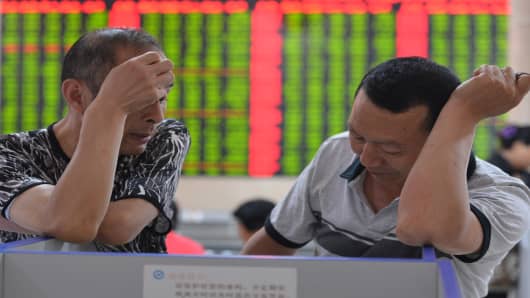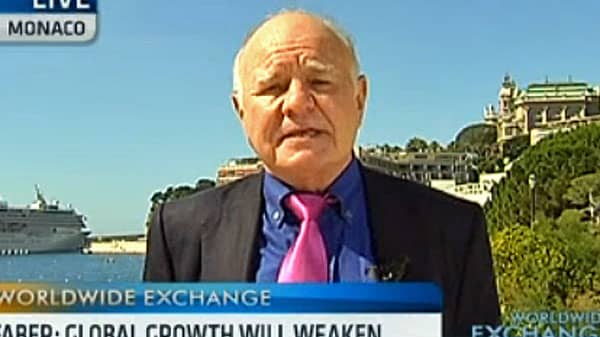Market veterans Marc Faber and Jim O'Neill — known as Dr. Doom and Mr. BRIC respectively — posted diametrically opposite views when CNBC asked if the Chinese liquidity crunch was real.
Faber, the notoriously bearish author of "Gloom Boom & Report", said he "completely disagreed" with O'Neill's view that there was no liquidity shortage in the world's second largest economy.
(Read More: Dr. Doom? Marc Faber Sees Stock Buying Opportunity)
The Shanghai Composite tumbled below the key 2,000 mark on Monday when the Chinese central bank refrained from pumping funds into the markets in order to ease liquidity concerns. The index pared losses on Tuesday on rumors that the central bank will hold a conference with regulators to address liquidity conditions, but still closed lower.





